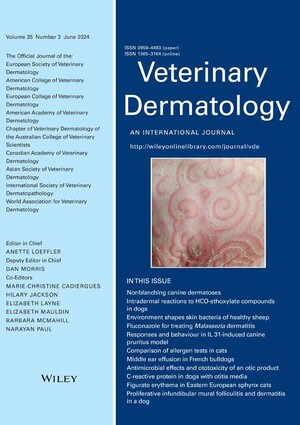
Antimicrobial resistance in Ethiopia: A systematic review and meta-analysis of prevalence in foods, food handlers, animals, and the environment
Abstract
Antimicrobial resistance (AMR) has been recognized as one of the greatest global threats for human and animal health. The present review retrieved up to date information on the epidemiology of AMR in the animal-source food chain in Ethiopia focusing on AMR in bacterial species isolated from food handlers, live animals, foods (animal origin and non-animal origin), and in environmental samples. Accordingly, pooled prevalence of AMR in the different sources was estimated. For data analysis, we used random effect meta-analysis and in order to avoid exclusion of studies with zero prevalence of antimicrobial resistance, Freeman-Tukey double arcsine transformation was applied. We identified 152 eligible studies and retrieved 4097 data records (183 in food handlers, 2055 in foods, 1040 in live animals and 819 for environmental samples) which together reported a total of 86,813 AMR tests with 64 different antimicrobial disks for 81 bacteria species. We present the pooled prevalence of AMR for major bacterium-antibiotic combination in different sample types. The pooled prevalence of AMR in bacteria from food producing live animals was 20%. High estimates of AMR pooled prevalence were found in bacteria identified from milk, food handlers and the environmental samples with 29%, and 28% in meat. In foods of non-animal origin, the prevalence was lower with 13%. In milk, the highest AMR estimate was found for penicillin (69%) followed by amoxicillin (51%). Regarding multi-drug resistance (MDR), the overall pooled prevalence was 74% among AMR positive samples. Microbes reported having a higher MDR pattern were: Staphylococcus spp. (96%), Salmonella spp. (81%) and Escherichia coli (77%). The present review revealed a high resistance against commonly used drugs for animal and human treatments and/or prophylaxis. In conclusion, the high estimate of prevalence of AMR observed in bacteria recovered from different sample sources related to the animal-source food chain (food, live animal and environment) can highlight the possible linkage among them. The MDR levels in several bacteria species are a clear indication that the threat is directed to many antimicrobials. Our review demonstrated that the high overall AMR resistance levels call for effective policy and intervention measures, which best address the problem along the food chain through a One Health approach.
Citation
Alemu, B., Assefa, A., Jaleta, M.B., Amenu, K. and Wieland, B. 2021. Antimicrobial resistance in Ethiopia: A systematic review and meta-analysis of prevalence in foods, food handlers, animals, and the environment. One Health 13: 100286.










